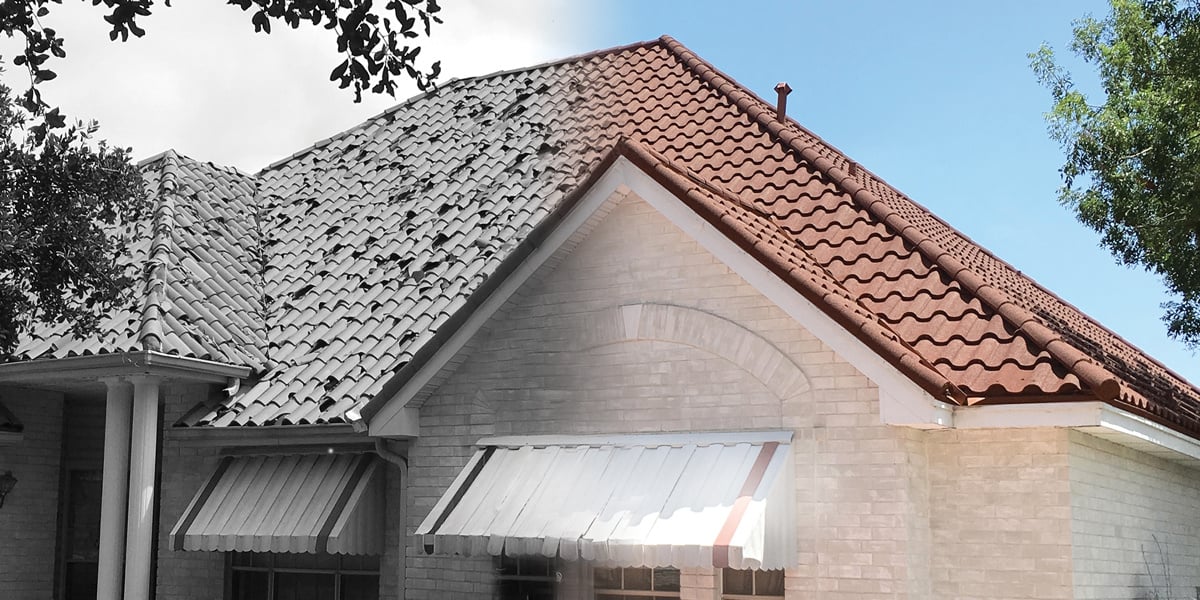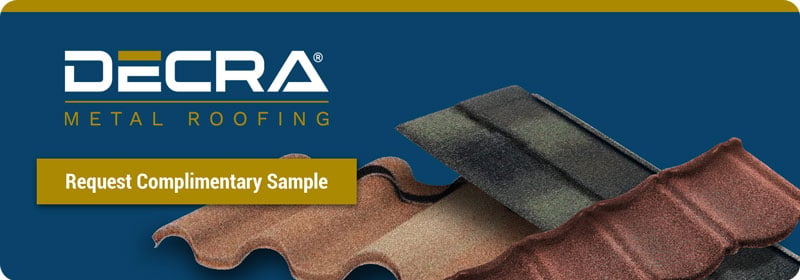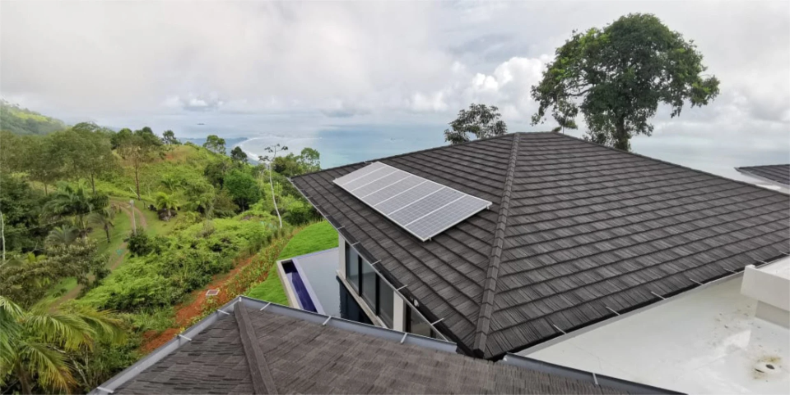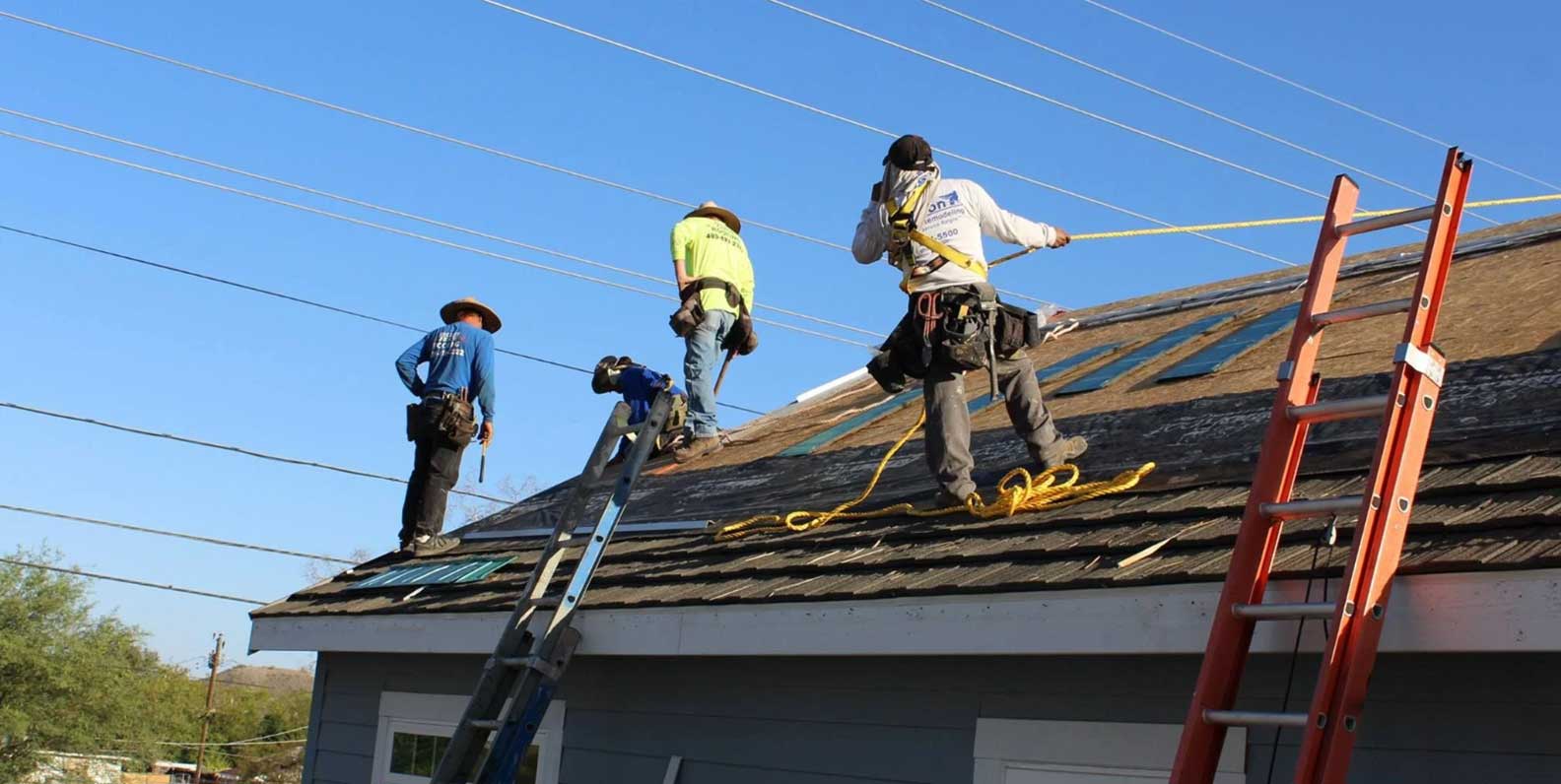Are you staring at the ceiling, wondering if that's a water stain or a shadow? Do you worry if your roof can withstand the next hurricane or tornado in your area?
Roof damage and the roof replacement process can be stressful. But don’t worry—we’re here to help you dodge common pitfalls and make an informed decision about your new roof.
Keep reading to learn our top five tips for replacing a damaged roof to ensure your project isn’t just a quick fix, but a long-term investment in your home's safety, comfort, and value.
Here’s what you need to know.
- Tip #1: Schedule a professional roof inspection as soon as possible.
- Tip #2: Beware of the storm chasers.
- Tip #3: Find a reliable roofing contractor to repair your roof.
- Tip #4: Keep an eye out for water damage.
- Tip #5: Request product samples when evaluating different types of roofing.
Tip #1: Schedule a professional roof inspection as soon as possible.
If you are concerned about damage to your roof, it’s important to schedule a professional roof inspection as soon as reasonably possible.
Think of a professional roof inspector as your roof's personal detective.
They've got the experience and high-tech gadgets to uncover even the sneakiest of leaks or the subtlest signs of wear and tear, not just on the surface but in the hidden depths of your roofing system. Their unbiased report will provide comprehensive insights into your roof’s condition.
The average cost of a professional roof inspection is around $250, but it’s well worth the investment to ensure you’re not overcharged or misled by unscrupulous roofers (we’ll discuss how to avoid those types of roofers in the next tip).
The National Roof Certification and Inspection Association (NRCIA) website can help you find a reputable roofing inspector in your area.
Tip #2: Beware of predatory storm chasers.
 When disaster strikes and roofs are battered, storm chasers tend to swoop in like vultures and prey on vulnerable homeowners in need of quick repairs. They go door-to-door, promising fast fixes and sweet deals, but they often leave behind shoddy workmanship and inflated bills.
When disaster strikes and roofs are battered, storm chasers tend to swoop in like vultures and prey on vulnerable homeowners in need of quick repairs. They go door-to-door, promising fast fixes and sweet deals, but they often leave behind shoddy workmanship and inflated bills.
Some chasers often use the alluring promise of a "free roof inspection" as a Trojan Horse, gaining access to your home with the intent of overselling you on roof repairs.
Be cautious. These "inspections" are often a far cry from the meticulous assessments conducted by certified and professional roof inspectors from the NRCIA. They’re often masters of insurance manipulation and may exaggerate damage and inflate costs.
Keep in mind that there are far more honest and reputable roofers who go door-to-door and are ready to restore your roof to its former glory.
However, it’s important to do your research and be vigilant after a severe weather event.
Now that we've shooed away the shady storm chasers, let's focus on finding the true heroes of roof replacements: the reliable and reputable roofing contractors who will get the job done right.
Tip #3: How to find a reliable roofing contractor.
While researching online reviews is an excellent place to start, it shouldn’t be your only research method.
Seek out recommendations from your trusted neighbors on local Facebook groups or tap into the collective wisdom of popular online roofing forums, such as Reddit’s roofing community.

You’ll also want to ensure that a roofing contractor has a valid license and a solid track record filled with successful projects. A little digital sleuthing can go a long way, too. A simple Google search pairing a roofer's name or company name with keywords like "scam" or "lawsuit" can uncover helpful insight.
Here is a helpful guide for finding a local and reputable roofing contractor.
Tip #4: Keep an eye out for water damage.
While Mother Nature's fury often wreaks havoc on roofs, a silent saboteur lurks within: water damage.
Unnoticed leaks can gradually weaken your roof's defenses, leaving it vulnerable to further damage.
Water damage, if left unchecked, can be a homeowner's worst nightmare. The Insurance Information Institute recently reported that water damage is the second most common cause of homeowners insurance claims, accounting for nearly 25% of all claims in 2021. The average cost of a claim? A staggering $12,688.
Water damage to the roofing system is often a stealthy intruder, leaving behind subtle clues that require a keen eye to detect.
Keep your detective hat on and watch for subtle signs of water damage, such as:
- Sunlight peeking through your attic.
- Discolored patches on walls or ceilings that look like faint watercolors.
- An "old house" smell can be the aroma of mold or mildew thriving in damp conditions.

Remember, a stitch in time saves nine, and proactive maintenance can prevent minor leaks from turning into major headaches down the road.
Tip #5: Request product samples when evaluating different types of roofing.
Seeing is believing, and the best way to evaluate different roofing products for your roof replacement is to experience them firsthand. That’s why we invite you to order a complimentary sample of DECRA Metal Roofing. You can also submit a photo of your home, and a DECRA Metal Roofing Advisor will provide you with a complimentary visualization, showing how DECRA can enhance your roof.
Whether your home is a modern masterpiece or a classic Cape Cod, we have a stone-coated metal roof that will elevate its curb appeal and protect it for decades to come.

As the original stone-coated metal roofing manufacturer, DECRA Metal Roofing products have provided safety and peace of mind for homeowners like you since 1957. Manufactured at our facility in Corona, California, our products are tested above and beyond the requirements to ensure that the quality we’re known for goes into every stone-coated metal roofing panel we produce.
Editor’s Note: This blog was originally published in June 2022, but has been updated with relevant information.







